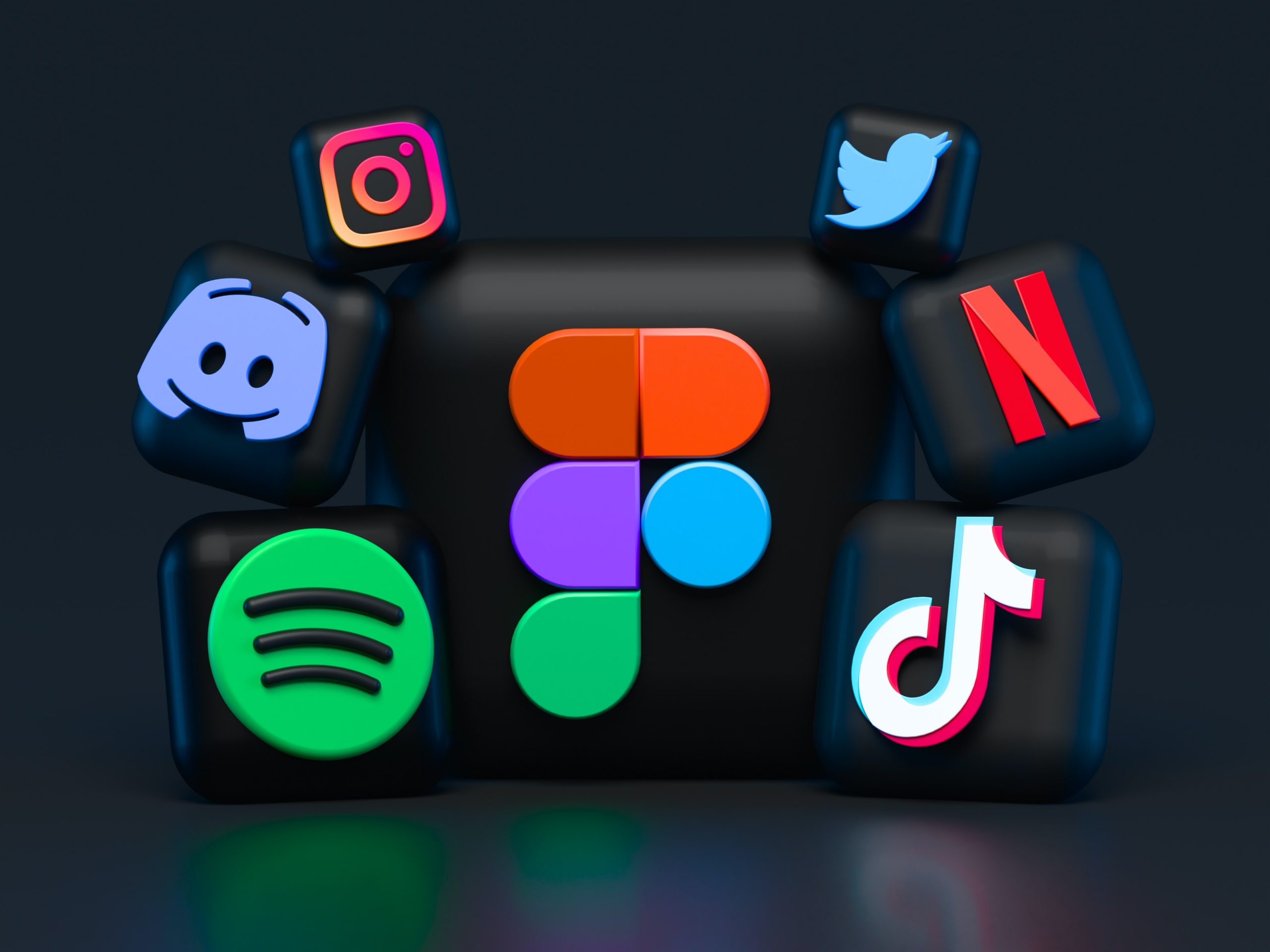
The problem with marketing for social media platforms is the sheer volume of work.
You’ve probably found yourself juggling content for multiple platforms, all while trying to stay on top of community responses and track performance.
That’s why you need to be forward-thinking by planning targeted campaigns and automating as much menial work as possible.
Just like with any other kind of marketing, social media marketing requires research, time, and effort as well as the resources to implement it. This article goes over how to successfully manage your social media marketing, as well as the types of tools you should be using to help support your strategy.
When you consider that people spend nearly 2.5 hours a day on social media, it’s pretty clear that social platforms pose a huge marketing opportunity.
While social networks were originally designed for connecting with friends and family, they’ve now become the hub for shoppers to discover new brands and interact with companies online.
According to 86% of social media marketers, social platforms do indeed increase brand awareness.
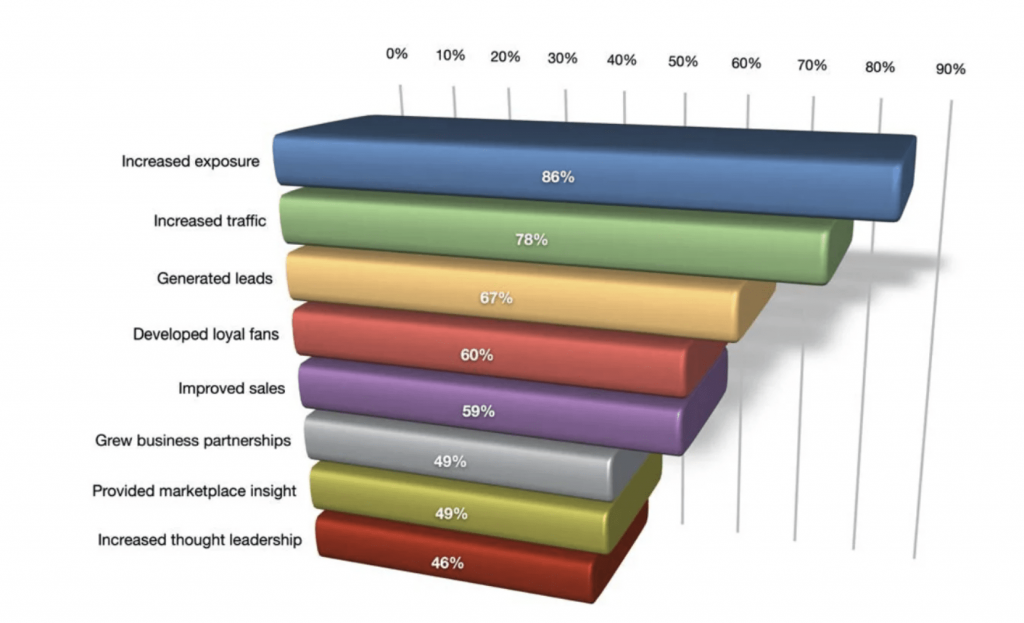
But it’s not just market exposure that social media marketing offers. 78% of social media marketers say that social media marketing increases traffic, while 67% agree that it helps them generate more leads.
This is all pretty common knowledge. Social media marketing has been used as a top-of-the-funnel marketing strategy for many years.
But things are starting to change.
Now that platforms like Facebook and Instagram have enabled brands to sell directly from the social network, 59% of social media marketers claim that marketing for social media directly drives sales.
In this vein, a half-baked social media strategy is like pouring money down the drain. Without a robust social media marketing strategy built on analysis and behavioral targeting, you’re losing opportunities to boost your profits.
Why? Because juggling everything is a nightmare without a centralised social media tool to analyse, plan, automate, and track your campaigns.
The death of a social media campaign comes in the form of poor management. If you can’t stay on top of campaign planning, creation, distribution, and analysis, you’ll struggle to meet your marketing goals.
If you’re marketing for social media, here’s how to drive the highest ROI across all the platforms in 4 steps.
Customers expect brands to anticipate their needs and offer tailored suggestions to help meet those requirements. If your brand doesn’t achieve this, it’ll lag behind the competition.
But how do you know what your audience wants? You stalk them, of course — this is social media after all.
To get to the heart of your target audience’s desires and motivations to buy, you need to think like your buyer personas. You need to understand their characteristics, interests, and behaviors.
63% of marketers bolster their social media marketing strategy by digging into social media analytics data — data that shows them how their audience behaves.
You can actually import your social media and Facebook ad campaign data into monday.com to analyse your audience’s behavior.
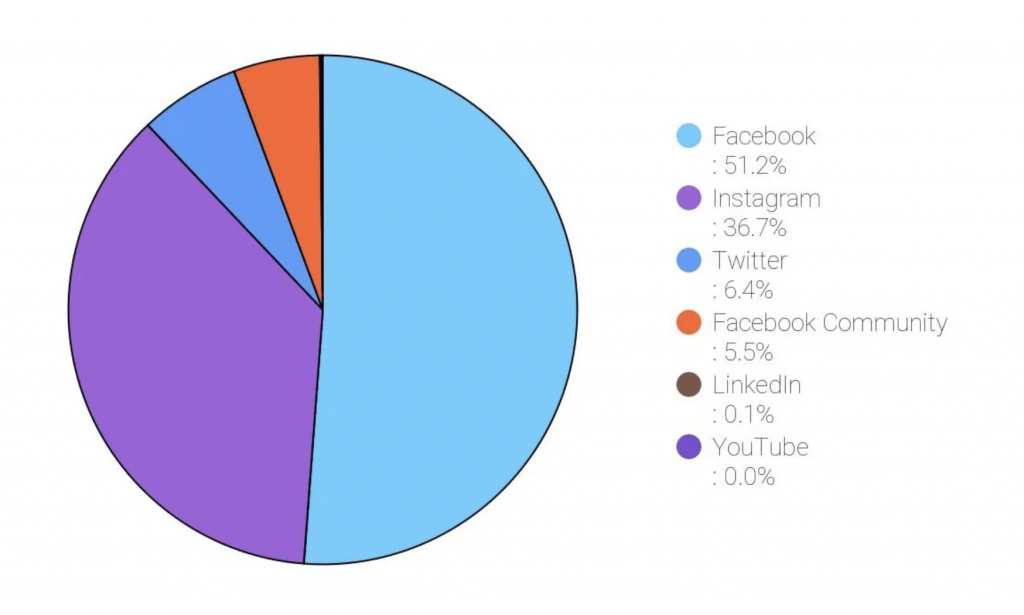
By patterning audience data, you’ll better understand where your target personas congregate, where they most engage, with what, and when.
This makes it far easier to determine the type of content to produce along with where and when to post it.
Don’t try and create your campaigns on the fly. You need a social media marketing plan.
To make sure you get a good return on investment (ROI) when marketing for social media, you need to set campaign goals and plan content that’s aimed at meeting those goals.
For example, 59% of social media marketers are aiming to generate leads, while 48% are looking to increase community engagement.
A lead generation strategy might look more like a paid-for advert for a free demo or download. To amplify engagement, you’re more likely to post a poll or launch a giveaway that encourages users to share your social media post.
Use your social media analytics and social listening data to create targeted campaigns that meet current trends and appeal to the interests of your buyer personas.
But it’s not just the content you need to plan. You’ll also need a savvy posting schedule. You need to post regularly as brand consistency increases conversion rates by 33%.
Most brands tend to post on social media 3-4 times per week. Follow this practice to keep yourself in the public eye but, be smart about timing. The time you post on social media will also have an impact on its visibility. Make sure that you’re finding the optimal time for your industry and target audience based on research and analytics.
For example, research shows that it’s generally best post on Instagram on Wednesdays at 11 am and Fridays between 10 am and 11 am.
However, if you’re a tech firm, you’ll get more engagement when they post on Wednesdays at 6 am and between 9 am and 10 am, and again on Fridays between 7 am and 10 am.
To make sure you’re sticking to a regular schedule, you’ll need to create a social media calendar.
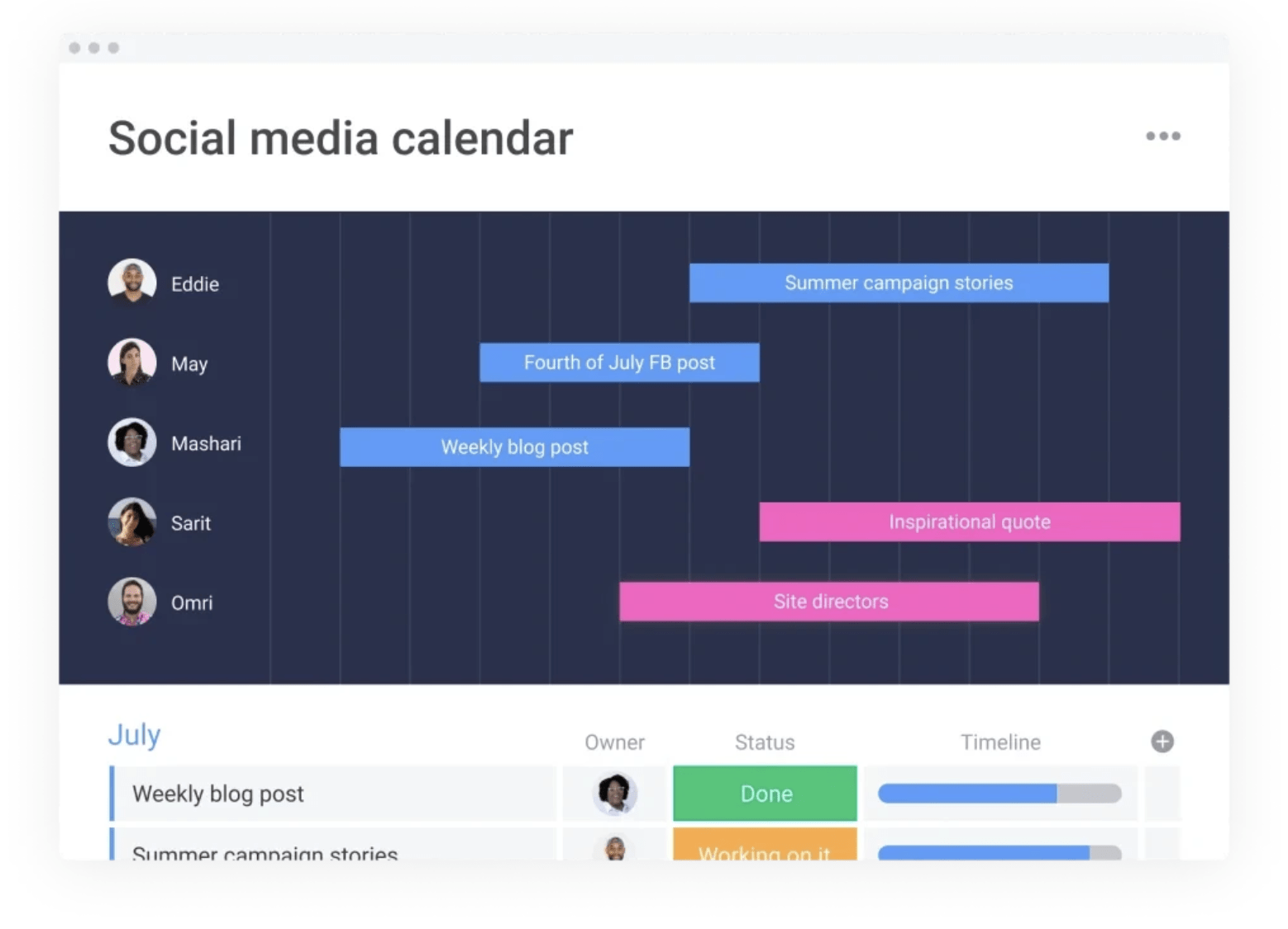
With monday.com’s social media calendar template, it’s not only easy to organise your content, it’s also a breeze to assign tasks, communicate with team, and track campaign progress.
Automation is the secret to every successful social media marketer.
On the one hand, you can automate repetitive administrative tasks. This speeds up organisation and stops you from getting bogged down in the minutiae of day-to-day management.
Think about it — no more manually notifying team members or moving documents from folder to folder.
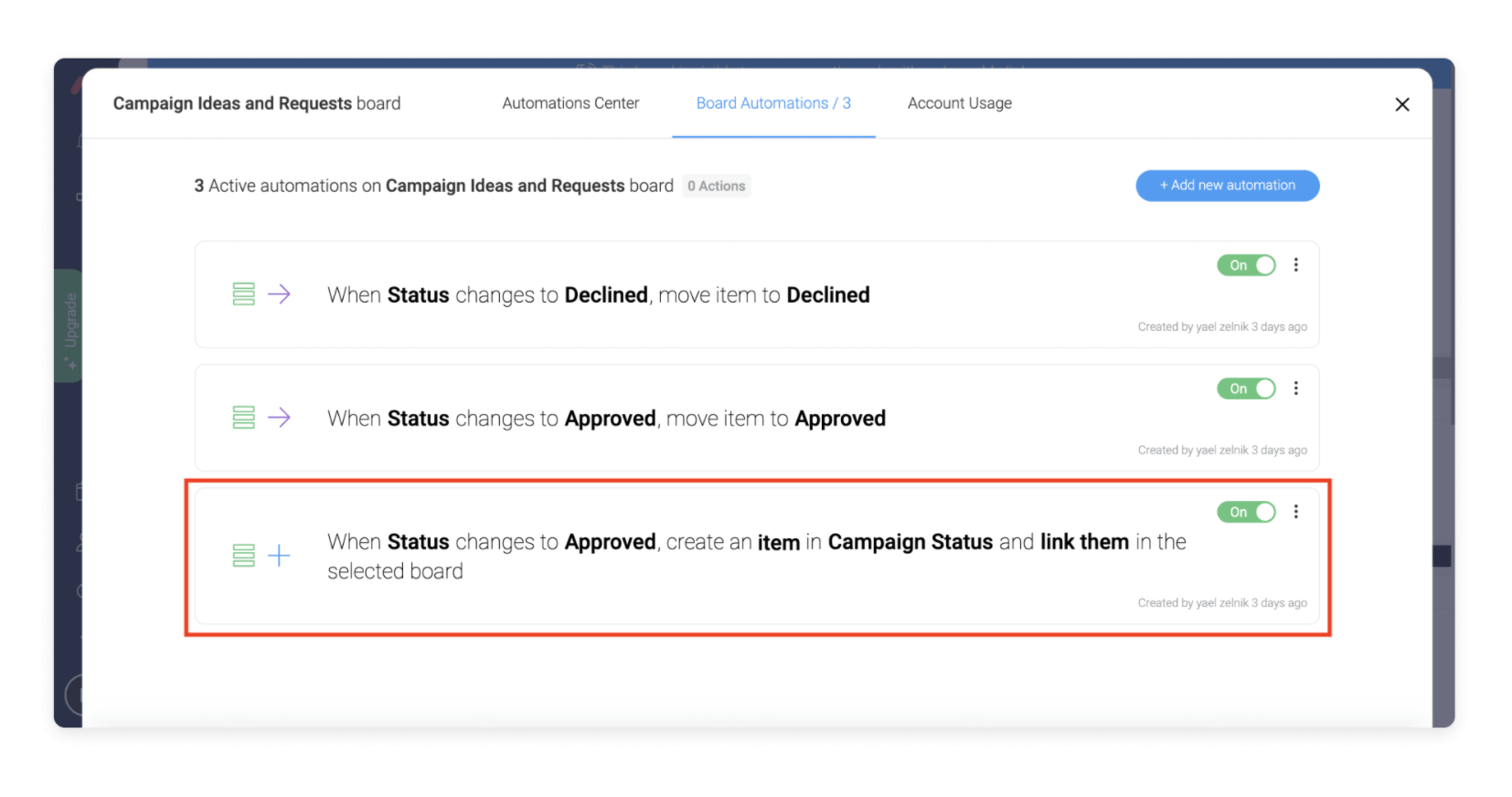
With a platform like monday.com, you can automate these tasks so that your campaigns order themselves like Mary Poppins tidying a bedroom.
But that’s not all. You should also automate content distribution so that posts release automatically on the date and time they’re scheduled to post.
Interestingly, while 84% of marketers are using social media publishing tools, only a quarter of marketers automate their content delivery. They’re missing out on a huge time saver.
By integrating your social platforms with monday.com, you can schedule your social content to post automatically – which is a total game changer.
This not only saves you time spent manually posting. It also means you can post throughout the night so that your marketing for social media reaches a global audience.
To truly understand the ROI of each social media channel, you’ll need to track and measure the performance of your campaigns. That way, you can see where you’re wasting time, money, and marketing effort.
You’ll need to determine your key performance indicators (KPIs) — which are your indicators for success.
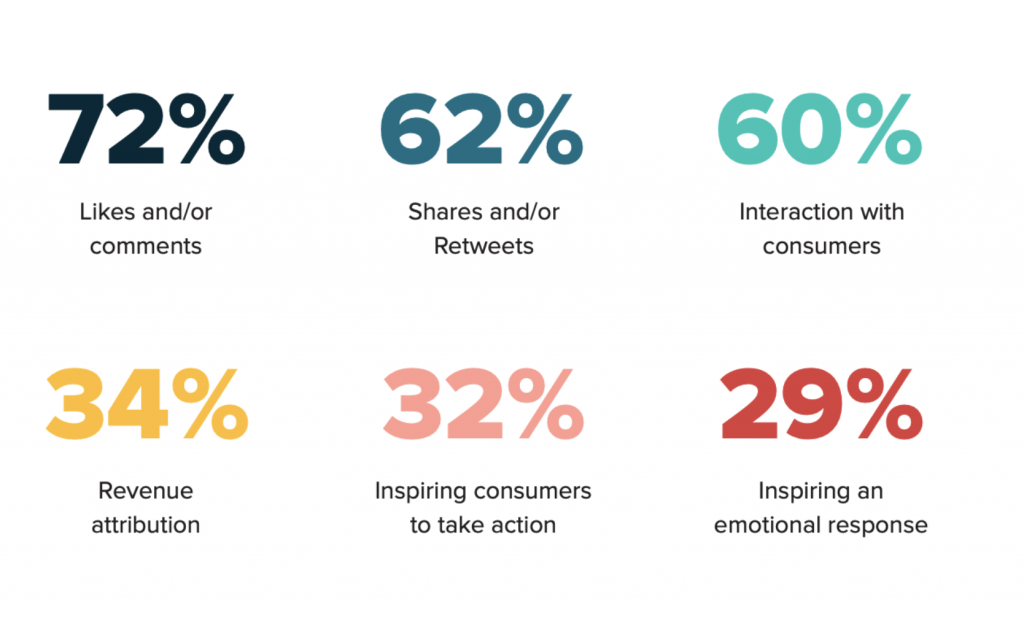
If your goal is to boost engagement across each social channel, for example, what social media activity do you measure? 72% of marketers track likes and comments to measure engagement, whereas 62% measure shares and retweets.
If you’re measuring lead generation, you might want to look at the number of people who download your demo on each social platform to see which is the most profitable.
Try using this social media metrics template to keep track of your campaign performance. You simply import the data from each social media channel and you can compare performance using the variety of different charting tools.
Marketing for social media doesn’t need to be confusing. With the right tool in place, you can manage all your campaigns under one roof.
The success of your social media campaigns lies in your ability to set marketing goals, monitor progress, and track performance.
Where better to do that than monday.com? Try it with a free 14 day trial today.